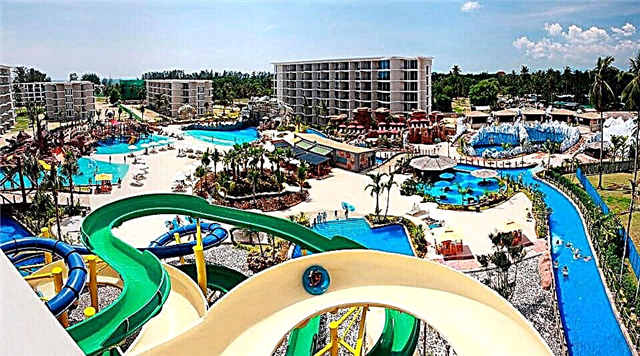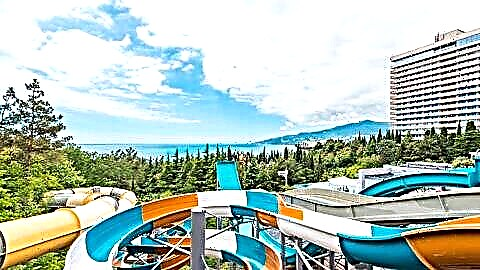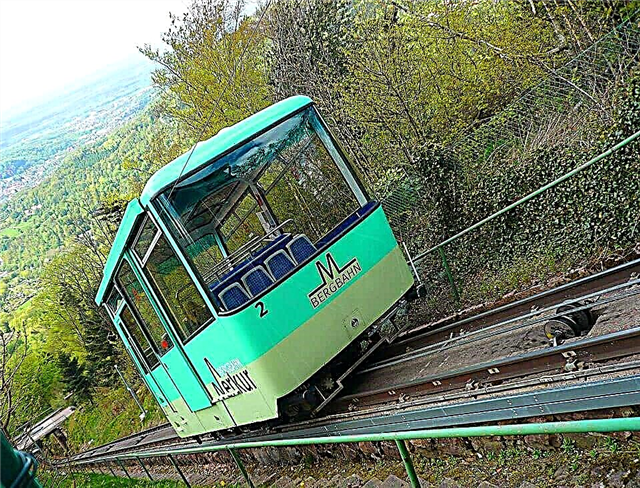Colorful Baku with open arms attracts its guests with an abundance of historical and modern sights reflecting the centuries-old cultural values of Azerbaijan. Staying in the capital will allow you to take advantage of a trip to interesting and mesmerizing places in the South Caucasus. Tourists who are thinking about where to go from Baku for 1 day on their own are offered various options for travel. Unusual natural phenomena, beach resorts of the Caspian Sea, protected areas with enchanting landscapes and atmospheric settlements - all this is fraught with many amazing discoveries.
Gobustan National Park

An archaeological reserve - Gobustan is located a few tens of kilometers from the capital of Azerbaijan. This is an open-air museum complex with an impressive collection of priceless historical artifacts that characterize the cultural foundations and traditions of primitive tribes. The atmospheric place is conducive to a leisurely stroll and exploring the traces of the life of ancient people who lived in the Stone Age.
The picturesque territory of three thousand hectares contains bulky boulders with unique patterns, rocky fortresses, community settlements, once inhabited rocky areas and caves. A special contemplative mood is created by numerous petroglyphs and archaeological finds. In total, there are about 6,000 simple rock carvings.
The drawings show the household life of men and women, types of wild animals, hunting scenes, ritual dances, religious ceremonies and various symbolic signs. Tourists can enter closed pavilions equipped with the attributes of modern technologies. The halls display expositions dedicated to ancient ancestors, as well as flora and fauna of the local region. Interactive screens provide information on petroglyphs collected from all over the world.
Mud volcanoes
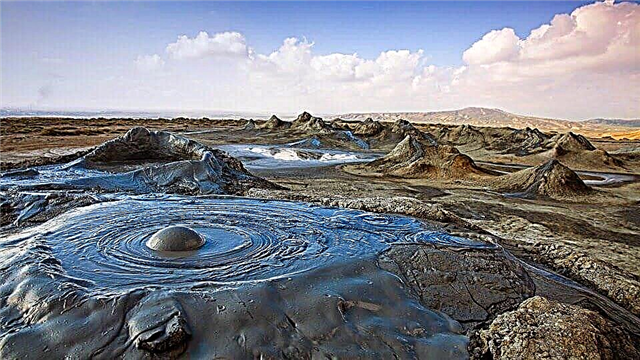
Mud volcanoes are an interesting natural attraction. Natural geological formations are associated with the location of oil and gas deposits, for which the land of Azerbaijan is famous. In the vicinity of the city of Baku, among the desert and lifeless landscape, low volcanoes rise. Under the pressure of gases, volcanoes erupt a cold mixture that can be touched without harm to health.
The lava in the craters bubbles, gurgles, boils and even hisses, which is a curious sight. Flowing out of the volcanic rock, the thick mud mass forms winding paths. NASA geologists have concluded that the local volcanoes outwardly resemble the hills on the planet Mars.
Ateshgah temple in the village of Surakhany

Among the cult religious buildings of Azerbaijan, the Ateshgah temple, which is under the protection of UNESCO, attracts the attention of tourists. The ancient sanctuary of Absheron was revered by the apologists of Zoroastrianism, Hinduism and Sikhism. They endowed fire with special magical properties. For several centuries, pilgrims rushed here, wishing to bow to the inextinguishable flame.
The temple complex is a stone structure with an arched portal and an altar, where a unique well is located. Natural gas erupts from the bowels of the earth and, combining with oxygen, eternally blazes with a bright flame. Cells, chapels and caravanserais are located around this sacred place, enclosed by a battlement. While staying on the territory of the temple, the pilgrims indulged in prayers and spiritual cleansing.
Their main food was vegetables and grains of plants, scorched by sacred fire. There is a museum next to the sanctuary, where tourists can see ancient dishes, ritual clothes, jewelry and many materials dedicated to the history of the Ateshgah temple.
Burning mountain Yanardag
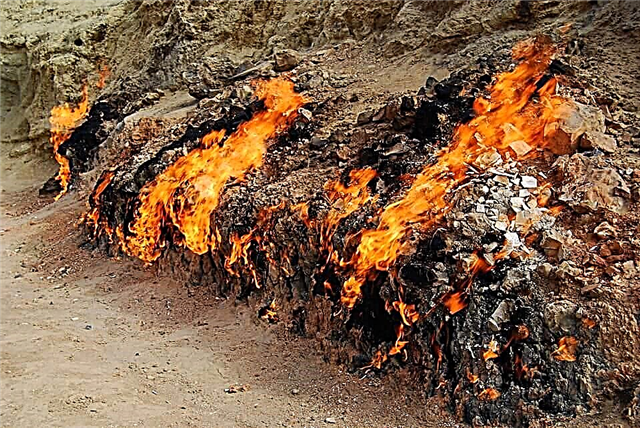
From time immemorial, Azerbaijan has been referred to as "the land of fires". The local area is replete with sources of oil and gas, which actively seep to the surface of the earth. Not far from the Caucasian capital is one of the famous sights of the Absheron Peninsula - Mount Yanardag. A fascinating fiery performance unfolds on its slopes. Streams of natural gas seep through the topsoil at the base of the hill.
When it interacts with oxygen, meter-long non-extinguishing tongues of flame appear. Scientists believe that the fire on the mountain started about 4000 years ago. Since then, it does not fade in all weather conditions. Numerous crowds of travelers from all over the world come to see this unique natural phenomenon. The fire strip is ten meters wide. With the onset of dusk, the mountain becomes especially colorful when the flames are more clearly visible on the burning hill.
Colored mountains of Khizi
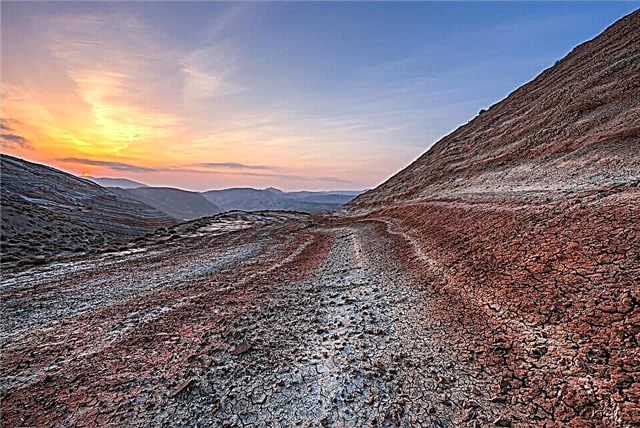
In the suburbs of Baku, along the main highway, the colorful Khizi mountains rise. Amazing low hills covered with multi-colored wavy stripes will not leave anyone indifferent. Yellow, red, brown and green layered patterns externally create the illusion of a scattering of semiprecious agate stones. The enchanting mountain landscapes are reminiscent of Martian landscapes. The natural phenomenon of the mountain spectacle attracts tourists who want to get an unforgettable experience of contemplating the striped cliffs.
Ethnographic Museum-Reserve "Gala"
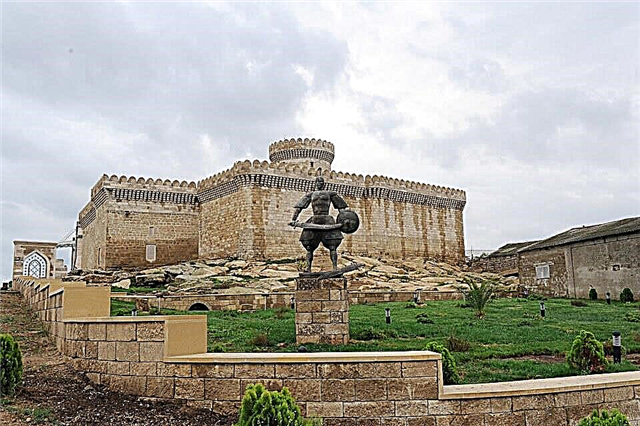
An excursion to the ethnographic museum-reserve "Gala" will significantly enrich the cultural program of your stay in Baku. This exciting educational event invites guests to feel the atmosphere of past eras. Tourists will get acquainted with the exhibits of the museum complex, which will present the life, traditions and culture of the ancient ancestors of Azerbaijanis. In the open air you can see the yurts of nomadic shepherds, craft workshops, typical peasant dwellings, places of worship for religious rites, various archaeological finds, stone idols, a barnyard and much more.
Visitors to the "Gala" reserve are given the opportunity to get acquainted with how the Azerbaijanis were farming from the 16th to the 19th centuries. Tourists will personally try to mold clay pots, make horseshoes in a smithy, bake bread and learn the art of artistic carpet sewing.
There are several pavilions on the territory of the museum, in which ancient household items, dishes, weapons, jewelry, clothes and other utensils are exhibited. Original art objects are exhibited in a modern glass building. Garbage (wires, discs, light bulbs and other unnecessary things) served as the creative material for creating works of art.
Mardakan
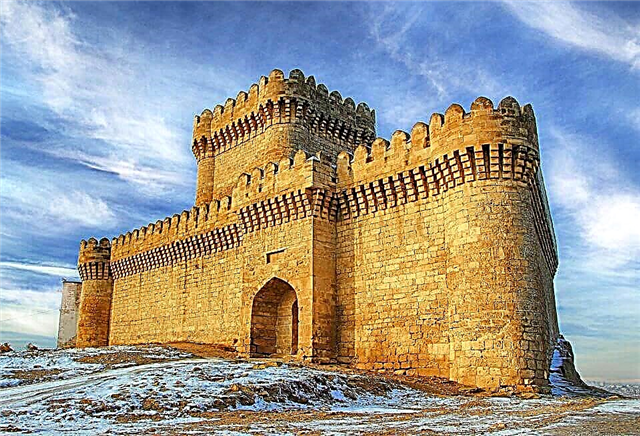
The urban-type settlement Mardakan is one of the pearls of the Absheron Peninsula. At the end of the 19th century, this picturesque place attracted Baku oil tycoons, who undertook to build luxurious villas with wonderful parks and swimming pools here. In a short time, the arid land turned into a blooming fragrant garden. Thousands of cubic meters of fertile black soil were brought here by barges by sea to create a wonderful lush oasis.
During the Soviet era, Mardakan was listed as an all-Union health resort, annually receiving about 200 thousand people. Today, the resort is a cozy settlement famous for its sandy beaches, an arboretum and two ancient fortifications with high towers of various shapes.
An indelible impression is left by the Mardakan Botanical Garden, where more than two thousand representatives of the flora kingdom, collected from all over the world, grow.Well-groomed shady alleys, spreading tree crowns, exotic flowers are conducive to a pleasant pastime. The green area is nice to hide from the sun. Not far from the park is the Sergei Yesenin Museum. The poet dedicated his famous "Persian motives" to these places.
Bilgah
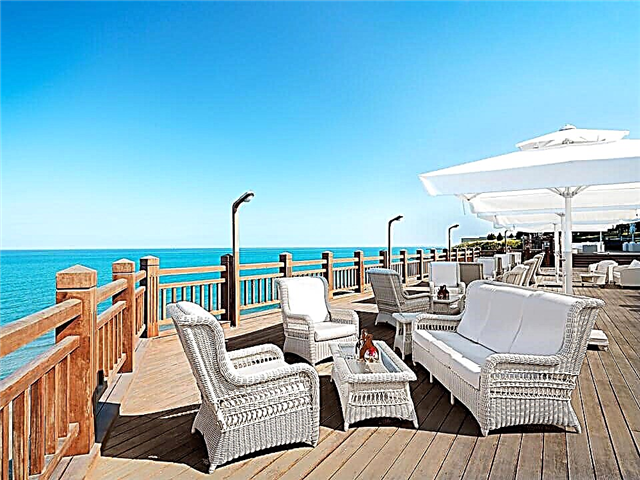
The popular resort Bilgah attracts vacationers with a developed tourist infrastructure. People come here to spend their time, resting from the daily hustle and bustle, residents of the megalopolis of Baku and numerous travelers from all over the world. A favorable climate, healthy sea air and well-groomed golden sandy beaches contribute to a comfortable stay on the coast of the Caspian Sea.
In Bilgah there is a famous sanatorium, where guests are provided with a wide range of services to improve the cardiovascular system. A well-groomed park with fountains, sculptures and sports grounds is laid out around the complex. In its secluded green corners there are pump rooms of healing mineral springs.
The resort is famous for its elite grounds for active and measured rest. The "Amburan" beach is popular. Several swimming pools, bars, a water park and a cinema are located on its territory. The sandy coastline is filled with sun loungers, changing rooms and showers.
The main local attraction is the five-star Jumeirah Bilgah Beach Hotel, where the kingdom of luxury reigns. A majestic architectural complex towers over the coastline. At the disposal of tourists is an abundance of all kinds of entertainment for every taste. It offers luxury apartments, a private beach, spa centers, drinking establishments, picturesque gardens, concert venues and much more.
Zagulba
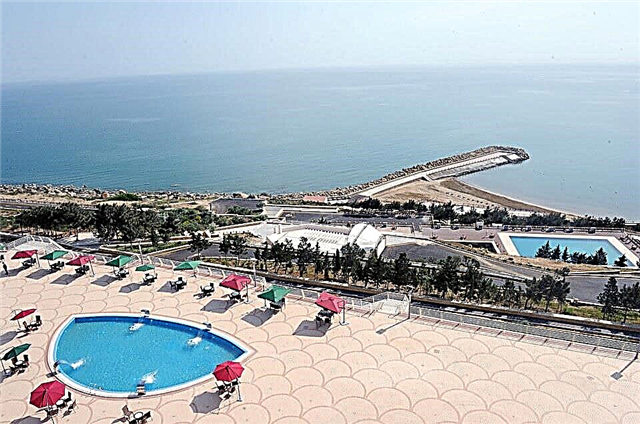
The resort settlement Zagulba, located one hour from Baku, is famous for its beach areas. The local coast is distinguished by a rocky bottom, which is why the sea water is striking in its crystal clearness. The fertile town of Zagulba surprises vacationers with a wonderful sandy coast, equipped with all the necessary infrastructure. The variety of entertainment offered for every taste and age pleases tourists. Restaurant pavilions, bars, swimming pools, playgrounds, water scooter rentals and boat trips fill the serene pastime.
An exquisite atmosphere is created by musical groups performing instrumental and vocal compositions. For lovers of oriental sweets, there are tents where you can taste various spices. Some beaches are specially fenced for banquets, discos and entertainment events. The radiant Caspian Sea is condescendingly watching all this.
Shemakha
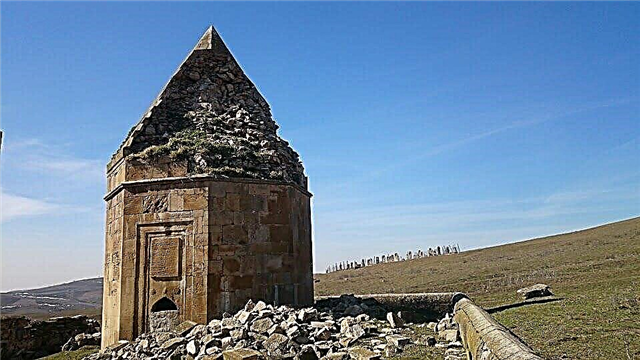
From the point of view of studying historical sights, the ancient city of Shemakha is of interest. The former capital of the Shirvan Khanate for a long time served as the most important trade center of the Great Silk Road. Since ancient times, winemaking and carpet weaving flourished here. Among the famous architectural monuments, it is worth visiting the ruins of the Gulistan fortress, picturesquely preserved on a rocky plateau.
It was one of the main outposts to protect the borders of the medieval state. The walls and towers of the fort took on numerous strikes by the troops of the Arabs, Mongols and Ottomans. At the foot of the fortress there are tombs of the nobility of the ruling dynasty of Shirvanshahs. Ancient mausoleums are covered with dilapidated stone domes. The Shamakhi Juma Mosque is of particular interest to travelers. The cult masterpiece of Islamic architecture is called the earliest shrine of the Transcaucasus.
According to archaeological excavations, the original religious building was built in 744. Over the centuries, the mosque has been reconstructed several times after earthquakes and wars. The last restoration of the building was completed in 2013. The facade of the mosque is decorated with domes of various sizes and minarets decorated with exquisite ornaments.
Lahij
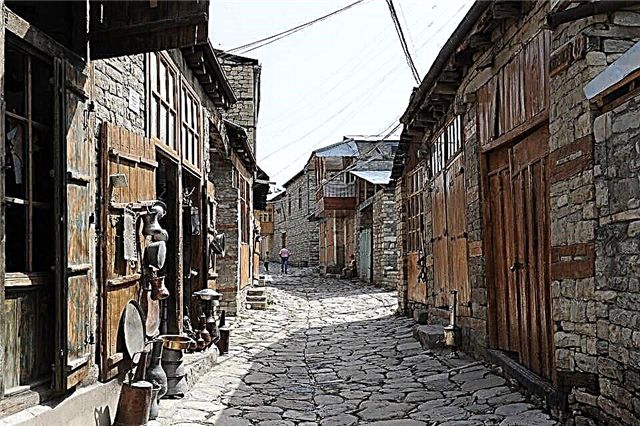
At the foot of the southern slope of the Greater Caucasus, there is a unique authentic high-mountainous village of Lahich. It is a cultural reserve and a haven for numerous folk crafts. The town is divided into several micro-districts, each of which preserves the age-old traditions of a certain type of craft. Here tourists will see medieval cobbled quarters and squares with ancient two-storey buildings, faced with a kind of stonework.
Workshops and shops are located along the streets. Skilled potters, bakers, smithies, woodcarvers, jewelers and other artisans work here. Hereditary craftsmen, in front of amazed spectators, will make unique objects, artistically decorated with intricate ornaments.
Beshbarmag rock massif

In the mountainous region of Khizi, an amazing natural wonder of Azerbaijan rises - the rock massif Beshbarmag. The rock formation attracts tourists with its bizarre appearance, reminiscent of a human palm with five fingers. Since ancient times, Beshbarmag has been fanned with folk tales and legends. According to legends, the rock has miraculous powers. Many pilgrims still strive here with different desires and requests to resolve their personal problems.
Boyuk-Zira island
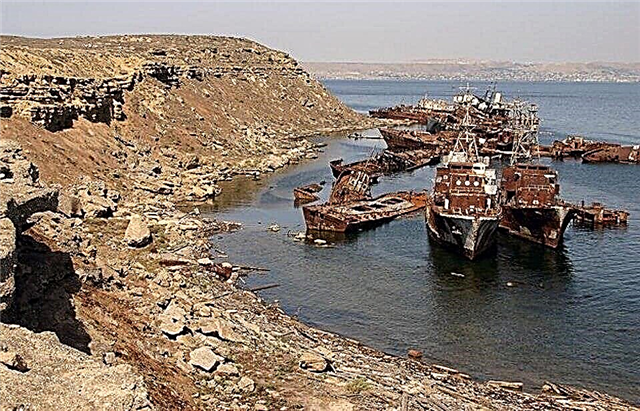
One of the most mysterious and sad sights of Azerbaijan is the now uninhabited island of Nargin or Boyuk-Zira. A rocky piece of land is remarkably visible from the side of Baku Boulevard. During the two world wars, Boyuk-Zira Island served as a prisoner of war camp. Tens of thousands of victims of communist terror were brought here, and they were massacred here.
Today the island is in oblivion. Dilapidated buildings and rusting old ships moored along the coast testify to the past. The Ministry of Culture and Tourism of Azerbaijan plans to turn the notorious Boyuk-Zira island into a modern complex with villas, hotels, restaurants and parks.
Ganja

Ganja is the second largest and most important (after Baku) city of Azerbaijan, located on both banks of the Ganjachai River. Amazing architectural ensembles with an amazing oriental flavor reflect the centuries-old history of this settlement. The local international airport receives many flights. Since the 12th century, Ganja occupied the leading economic and strategic position of the medieval khanate, being at the intersection of the caravan routes.
Wide planned neighborhoods are buried in the greenery of well-groomed parks and alleys. The ennobled oases are full of fragrant flowers, spreading mighty plane trees, artificial ponds and beautiful fountains. Sheikh Baheddin's complex of buildings, which are masterpieces of ancient architecture, is of genuine interest among tourists. This is a squat red brick mosque, a two-story caravanserai and a hamam bath topped with hemispherical domes.
The city's vast main square is dominated by the elegant City Hall, whose façade is adorned with an imposing colonnade. Walking along Ganja, travelers can see remarkable mosques and mausoleums, a Byzantine-style Orthodox cathedral and many old buildings. Noteworthy is the quaint house built from tens of thousands of glass bottles.
Istisu hot springs

At an altitude of 2,400 meters above sea level, there is the resort village of Istisu, where tourists go to rest and improve their health. The place is famous for its medicinal thermal mineral springs. Healing springs, containing hydrogen sulfide, calcium, sodium and magnesium, gush from the depths of the earth all year round. The water temperature in them slightly exceeds 60 degrees.Healing baths are taken in indoor pools or outdoors, surrounded by picturesque forests and majestic cliffs.

